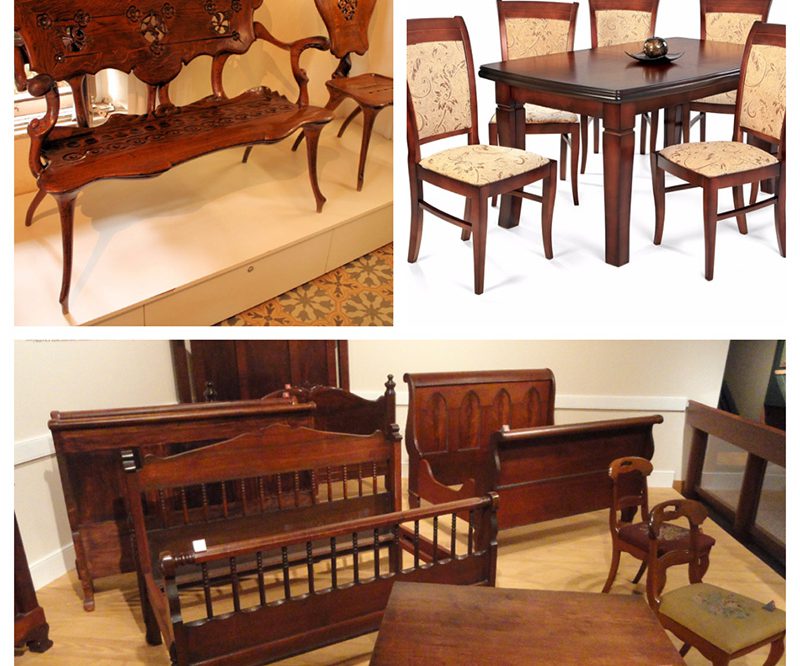Wooden seats are a masterpiece of art and designing. They support hundreds of pounds and will only depend on small braces and supports. In any case, if one part or section loosens, the chair can sag or tilt, which can cause unnatural pressure.
The subsequent stress can split or break the leg of your chair instantly. Different issues happen when the chair is abused and slides sideways. Broken chair legs are comparative with breaks or splits along grain lines. Don’t worry; It’s not a big deal to return that chair to its original structure.
Loose Rungs on Your Chairs
After how many years of being pushed and pulled to, chairs can also suffer the effects of the abuses with their wooden joints coming loose. The main casualties of this are frequently rungs flying out of the legs. This situation happens more often as possible with new furniture that is not built solidly as older furniture.
Loose rungs need a proper fix as soon as possible. To begin with, you must remove all the old paste or glue. Next is to sand the end of the rung down to the wood. At this point utilize a syringe to insert wood glue into the opening of the leg. A syringe helps you to get the paste right where it’s required without having to remove the rung.
Finally, Insert the rung and clip the seat tightly until the paste or glue is already dry. Always remember that not all wood pastes play out the same. Choose the best and efficient glue so that you won’t waste your time and money.
Loose Legs
At the point when individuals drag their furniture instead of lifting it up to move it, they put enormous pressure on the leg and can make it fall off. Some people aggravate the issue by attempting to drive a few screws through the furniture into the leg to secure it. This situation causes more problems by splitting the wood.
You can also sand the piece of the leg that faces the furniture to enable the paste to form a stronger bond. At that point, quickly apply a wood paste and clamps the leg solidly. You need to have a pre-drill to keep your wood from splitting, then drive two screws that give you no less than two inches of bite into the leg. Countersink the screws, fill the openings with wood filler, sand the area, and apply a finishing touch.
Broken Drawer Corners
Dresser drawers typically come from thin, flimsy bits of lumber, and dovetail corners which are known to break apart easily. Some people tend to pin the edges with some brad nails.
That doesn’t work because the wood is too thin to nail, and sticking it splits or breaks the wood, making it significantly harder for the joints to go together. The nails usually wind up getting through the wood at an edge. Always focus on these types of furniture and their weak sides so that you can prevent problems ahead of time.
Uneven Table
When one leg on a table is shorter than the others (or possibly your floor is wavy), at that point the furniture will move here and there. Fortunately, this is one of the least demanding furniture issues to tackle—and it doesn’t involve sticking some matchbooks under the table legs. The trick here is that you fasten nail-on glides to the ends of the legs. The glides are fundamentally pads that are attached to a nail that you stick to a leg. They’re intended to shield the legs from scraping the floor, they can also be utilized to level a table.
Measure the gap and the division between the short leg and the floor. Next, drill a pilot hole and embed a glide in the three non-problem legs. Utilize washers to shim the last one. Place washers in the course of the final leg to get the thickness you require, at that point insert the glide.
Takeaway
Most of the time, all furniture all come with a series of joints and underlying structural problems. These small parts sometimes involve joint failure or weakening. Some joints are simple, while some are more complicated than usual.
The joints that come with good wooden furniture are stronger than those in shabby and cheap pieces. But age and abuse can inflict significant damage even when the construction was perfect. All joints should be repaired as quickly as possible when they separate or loosen to avoid any harm and damage.
Author Bio

